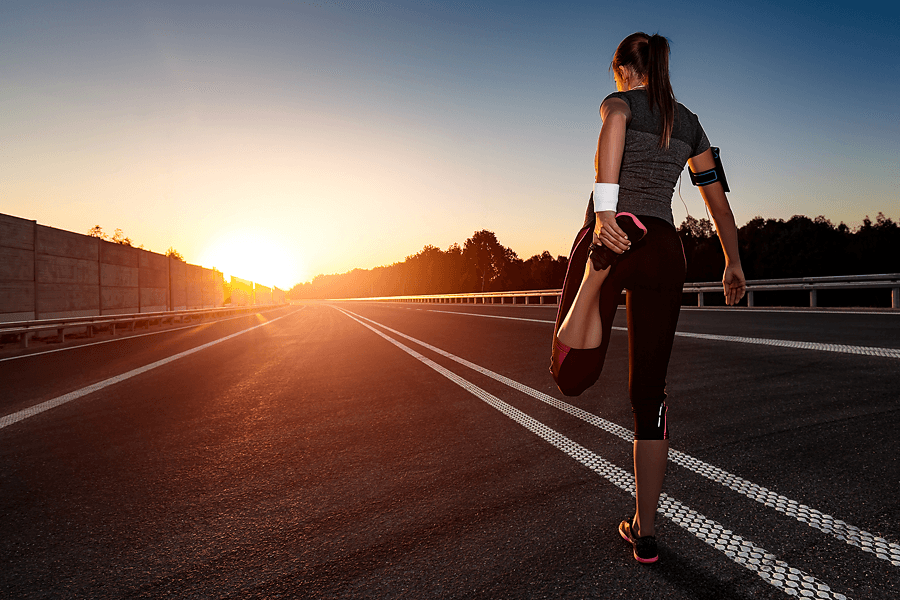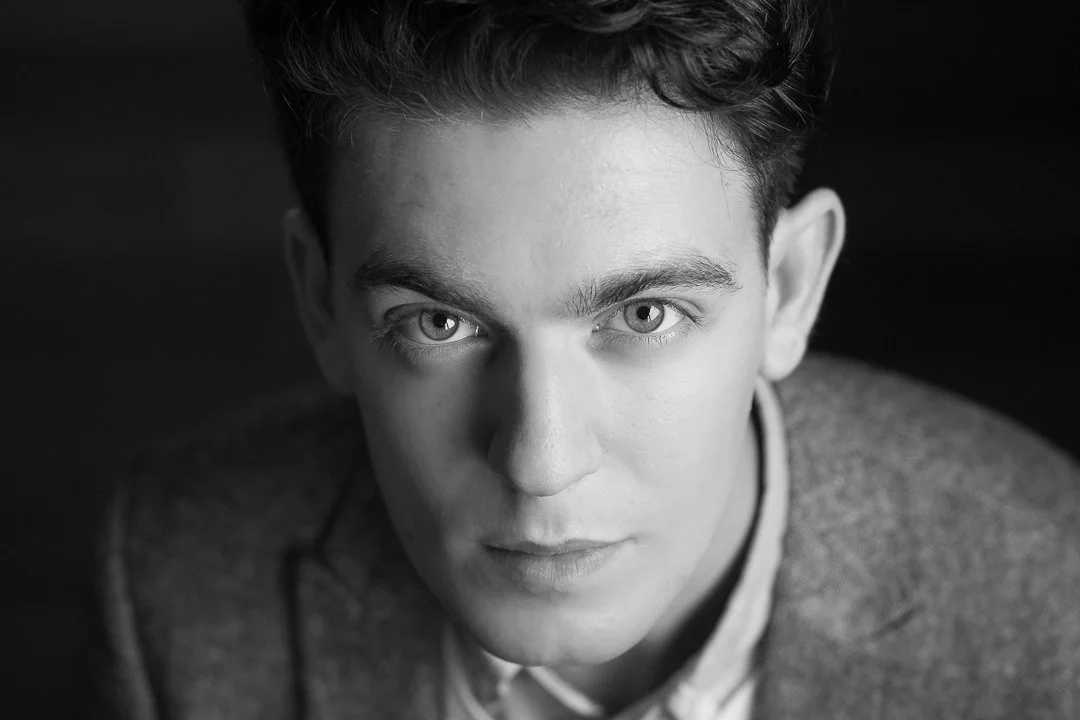What to Focus On First When You Are Just Starting Out in Photography
Are you feeling completely overwhelmed with all the things you need to learn in photography?
Do you find yourself confused about where to start, or what your next step should be?
Then you are most definitely not alone! I know exactly what it feels like because I was there too.
I remember feeling like I was being pulled in 10 different directions at once, seeing all these different paths to I thought I needed to go down and learn, with shiny new camera gear pulling my eye away from the prize with promises of better photos.
It can be a confusing and frustrating time for sure, and if you are not careful, you can find yourself wandering aimlessly around the internet, picking up random “tips and tricks”, learning lots, but not actually moving forward and getting better photos.
So I wrote this blog post to help with that, by breaking down the areas you should be focusing on FIRST, because they will help give you that solid foundation on which everything else is built upon.
Now, before we dive in, I wanted to let you know about an extra special freebie I’ve created just for you! It’s my FREE 90 Day Photography Learning Blueprint, and it’s a complete roadmap for you to follow that shows you exactly what you need learn to get great photos, and has links to further reading in each one. This little PDF is worth its weight in gold, so go grab it now (you’ll kick yourself in about a week if you don’t!)
#1: Focus On The Elements of Exposure
There are three elements of exposure - Aperture, ISO and Shutter Speed.
These are the building blocks of pretty much everything in photography, so instead of giving these a quick cursory nod and thinking that you have it down, I really recommend that you stay here a while, until you truly feel like you know these inside out.
That’s because these elements do two things: Firstly, they control exposure (In other words, how light or dark your image is) by controlling how long the sensor is “exposed” to light.
But they also control how our images LOOK, by determining how much of the scene is in focus, how much grain you will get in your image, and whether you show motion through motion blur, or freeze the action.
Everything else you learn will always come back to these building blocks, so try not to rush through these! This will also stand you in good stead for focus area #2….
#2: Focus on Learning Manual Mode
For me, learning manual mode is an absolute must.
When you learn manual mode (and truly learn it, not simply as a way of balancing exposure in the same way that your camera would) then you start to really understand exposure in general, how to expose for different areas of the scene, AND how to manipulate these elements to give your image different looks.
It seriously is such a game changer that I would love to see you focus on this after you have learnt the basics of exposure.
I can tell you from my own experience that I spent years on Aperture Priority Mode, because I didn’t think that it was worth it to move to Manual Mode - and I wasted a LOT of time in the process. It was at this time that I felt I knew so much about photography, but couldn’t get the images that I could see in my head - and it was only when I made the switch to manual mode that my images FINALLY clicked.
With manual mode, you can handle anything that is thrown at you - such as low light, backlight, creative exposure, and many, many other areas where the camera struggles on it’s own.
However, you definitely don’t want to go straight to manual mode, you can branch out by controlling just ONE element of exposure at a time (changing just your aperture or your shutter speed) whilst you gradually take over control.
#3: Focus on Light
I’m going kick this one off with a quote:
“Light makes photography. Embrace Light. Admire It. Love it. But above all, know light. Know it for all you are worth, and you will know the key to photography” George Eastman (Founder of Kodak)
This quote pretty much sums it up. Light literally is everything in photography, as without it, we can’t make a photograph. But even more than that, the right use of light can make or break your image.
A well thought out image or amazing location can be let down by a poor use of light, whilst the most boring, mundane everyday scene can look wall worthy and artistic, just by the use of light.
So, where do you start?!
I recommend that you start INDOORS rather than outdoors. I know this seems counter intuitive, as there is more light outdoors than inside, but you can control the light much easier indoors, and where your subject is in the relation to the light.
If you are new to using light proactively (rather than just placing your subject wherever) the best way to start lighting your subject is to have them face TOWARD the light. So you will have your subject face the window (making sure the window does not currently have direct sunlight coming in) and you the photographer will be in between the window and your subject. This gives an even lighting on your subject which is always uber flattering, and very easy to photograph in as you don't have big contrasts of light.
Once you have that down, you can move onto having your window to the side of your subject, or at a 45 degree angle to the light.
Then move outdoors - again, keep it simple at first by using open shade.
So, you are layering on the knowledge of working with different types of light until you feel comfortable shooting indoors, low light, sunny days or cloudy days, and from the front, back or side.
As a side note, for you to get the best results, then you are going to want to be shooting in manual mode - so learn that first, then move onto learning different type of light.
#4: Focus on Simple Composition
Once you have those down, then it’s time to move onto some of the fun stuff - composition!
An interesting, well thought out composition is another way you can make an ordinary, everyday image and elevate from a snapshot into something much more artistic.
There are a number of guides you can use when first starting out - you may go onto break this at a later date, but learn them FIRST, so you know when and WHY to break them.
if you are brand spanking new, start with the rule of thirds, and then move onto some other types of composition such as framing, leading lines, or negative space.
#5: Focus on Making Time to Practice
We can all be guilty of this: spending more time on our armchairs learning about photography than we do actually being out there, camera in hand, shooting.
This is something I struggle with constantly - it can be hard to find time to actually get out there and practise, especially if you are working, looking after kids, and doing the 101 other chores that seem to be assigned to you (and only you - why is that?!)
I have found that blocking off part of my day to concentrate on photography is the only way I seem to get it done. Once it is in my calendar, I try to treat it as I would an appointment - I only break it if I absolutely have to.
Here’s something else you can do today - go and check out this post that has 12 creative challenges you can do - it’s a great way to motivate yourself to get out and about with your camera!
Don’t forget to download your FREE 90 Day Photography Learning Blueprint before you go too: there is so much goodness in this little PDF that you’ll definitely want this with you on your photography journey. Grab it here:














